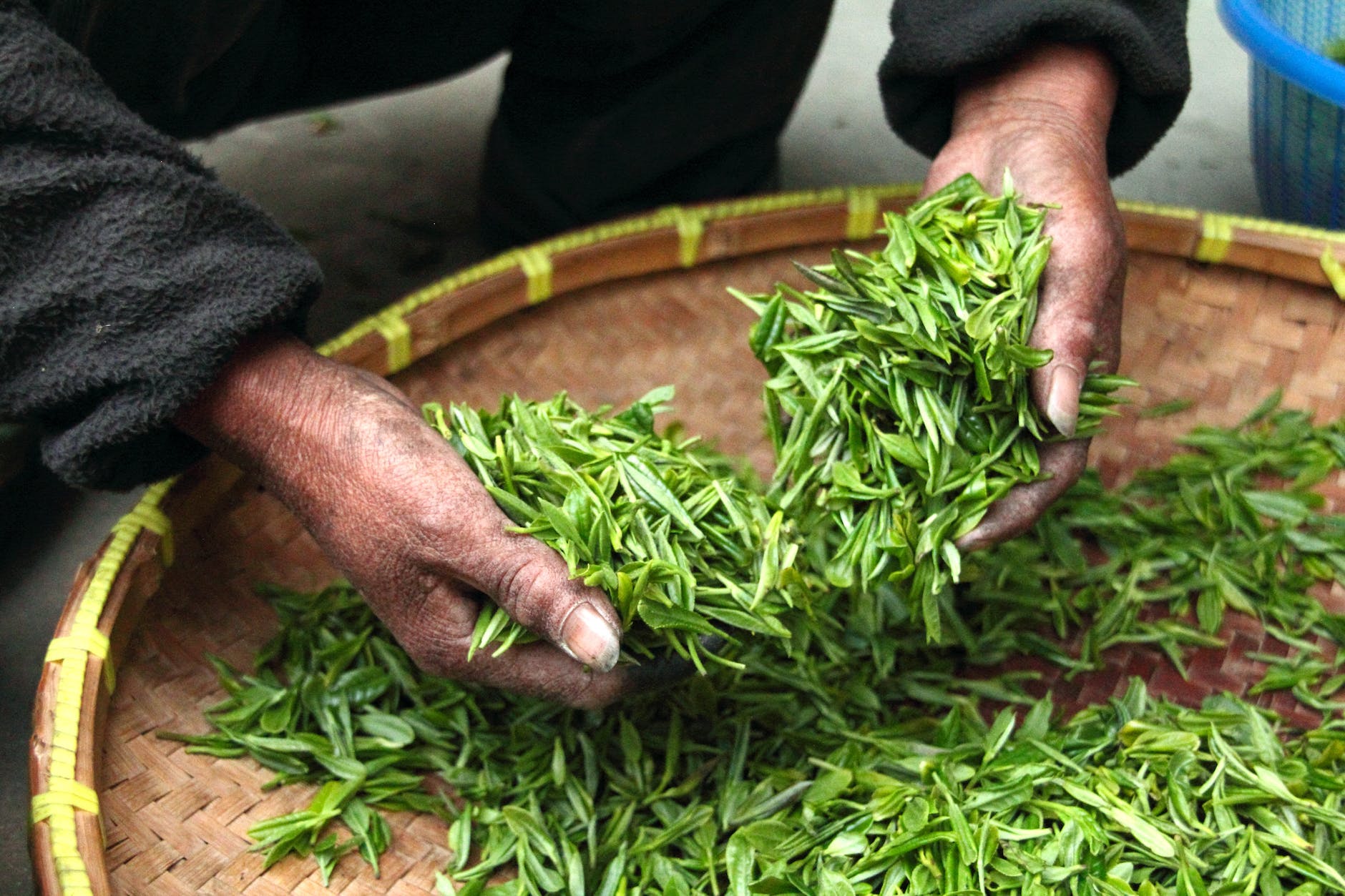

Tea 101: The Different Types of Tea
Welcome to Tea 101! Today, we’ll explore the wonderful world of tea and its various types. Get ready to immerse yourself in a symphony of flavors and aromas!
All true teas come from the leaves of the Camellia sinensis plant. This evergreen shrub is native to East Asia and is cultivated in various tea-growing regions around the world. The different types of tea are created through variations in processing methods, such as oxidation and fermentation.
Here are some of the most popular tea types:
1. Black Tea: Known for its bold and robust flavor, black tea undergoes full oxidation and offers a rich, malty taste. Assam, Darjeeling, and Earl Grey are popular variations.
2. Green Tea: Famous for its fresh and grassy flavor, green tea is unoxidized and packed with antioxidants. Sencha, Matcha, and Gunpowder are popular green tea varieties.
3. Oolong Tea: Falling between black and green tea, oolong tea undergoes partial oxidation. It offers a complex range of flavors, from floral to fruity, and is often praised for its aromatic qualities. Tie Guan Yin, Dong Ding, and Milk Oolong are well-known oolong teas.
4. White Tea: Considered the most delicate and least processed tea, white tea features subtle flavors and a light, floral aroma. Silver Needle and Bai Mu Dan are popular white tea varieties.
5. Yellow Tea: Yellow tea is a rare and less common type of tea that originates from China. It undergoes a unique processing method involving smothering or yellowing after withering and heat fixation. This process gives yellow tea its distinct flavor and aroma, characterized by a smooth, mellow, and slightly sweet taste with vegetal notes. It falls between green and white tea in terms of flavor profile. Yellow tea is considered a specialty tea due to its intricate production process and limited availability. Exploring yellow tea can provide tea enthusiasts with a unique and nuanced tea experience.
6. Pu-erh Tea: Hailing from China, Pu-erh tea is known for its riping process and aged characteristics. It can develop complex and earthy flavors over time, often under controlled conditions.
These are just a few examples of the diverse tea landscape. So, grab your favorite teacup and join us on this captivating tea journey!
Check this article here if you’re interested in diving deeper: The World of Tea: A Comprehensive Guide to Becoming a Tea Connoisseur – Chaimusafir



Leave a Reply